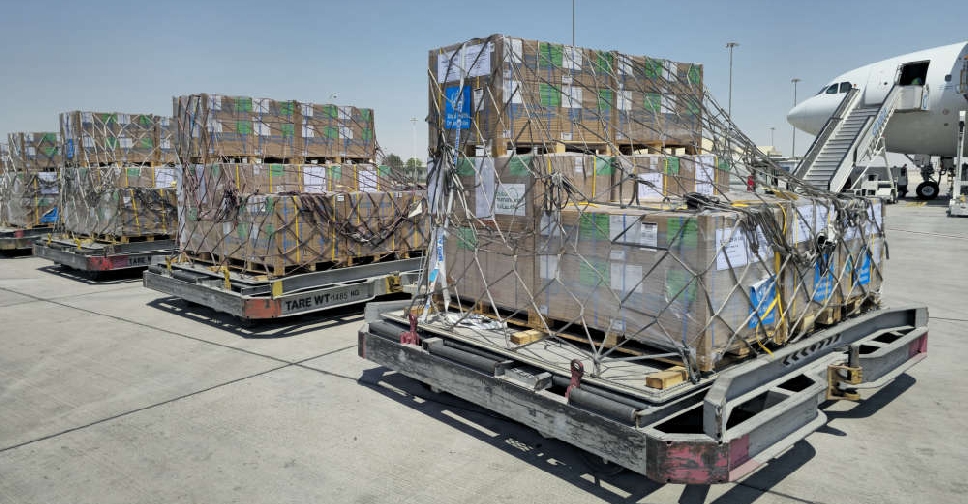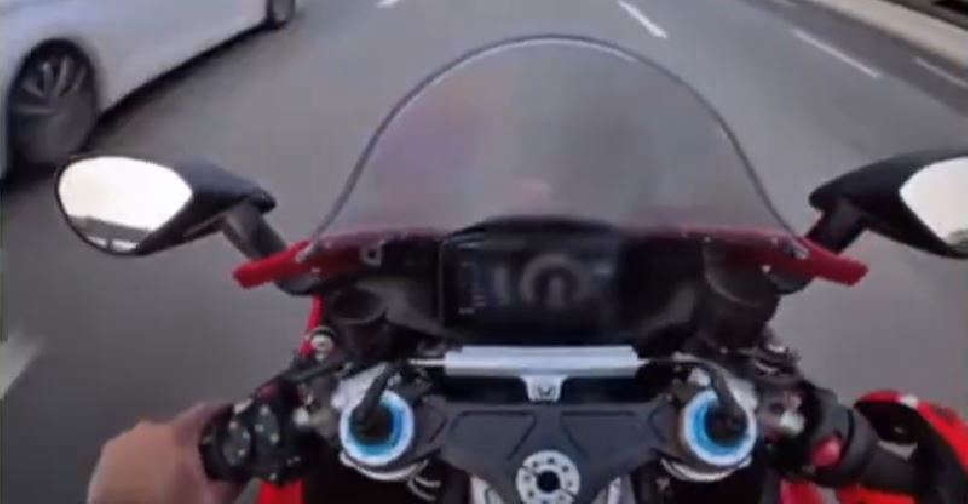
The gesture-tracking technology used by Tom Cruise’s precrime-fighting police officer in “Minority Report,” the sci-fi movie set in 2054, has arrived a few years early. Tiny radar chips by Infineon Technologies AG paired with algorithms by Alphabet Inc.’s Google help devices detect the finest gestures from several meters away, the German chipmaker says. The first gadgets to use the so-called Soli technology, presented at Google I/O event Friday, are prototypes of an LG Electronics Inc. smartwatch and a Harman Kardon loudspeaker. While coarser gesture detection has been around for a bit, for example in gaming consoles such as Wii, the new chips are more precise. They can detect fine hand movements, like twisting your thumb and index finger when winding a watch, from several feet away, said Andreas Urschitz, who heads Infineon’s power management and multimarket division. “This technology will be revolutionizing human-machine interaction far beyond the touchscreen of smart phones and even voice recognition,” Urschitz said in a phone interview. “Since mankind started using tools 2.4 million years ago, this is the first time tools adapt to the user instead of the other way around.” Infineon, which is teaming with Google to sell its chips paired with the U.S. company’s software from mid-2017, expects the technology to provide new user experiences and inspire new devices, like the iPhone did with touchscreen technology. Paired with the right software, Infineon’s radar chips are able to recognize individuals when they enter a room, detect finger and hand movements up to 15 feet away, and help workers steer machines and tools as industries digitize their factories, Urschitz says. Beyond the wow factor, Infineon also expects the Soli technology to boost sales. Already this year, it estimates the addressable market for the technology is 80 million wireless audio units and 60 million smartwatches.

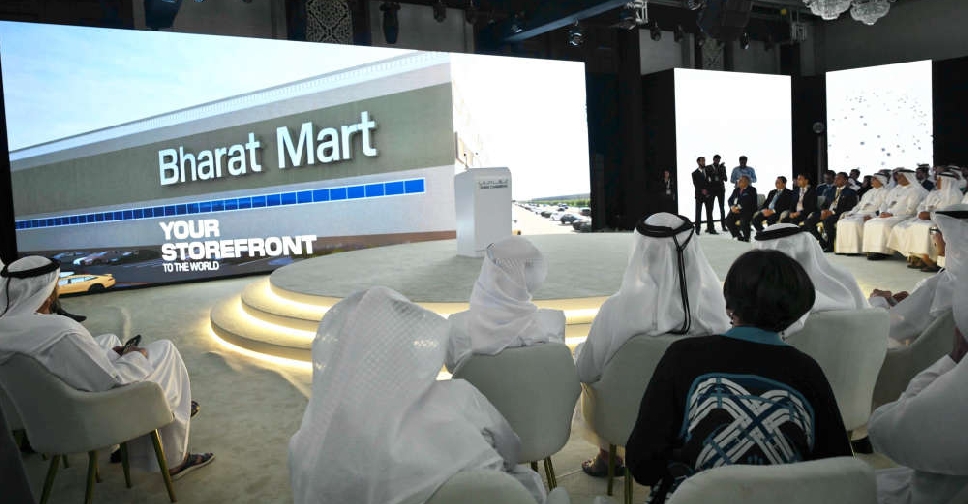 Bharat Mart marks new era in UAE-India trade ties
Bharat Mart marks new era in UAE-India trade ties
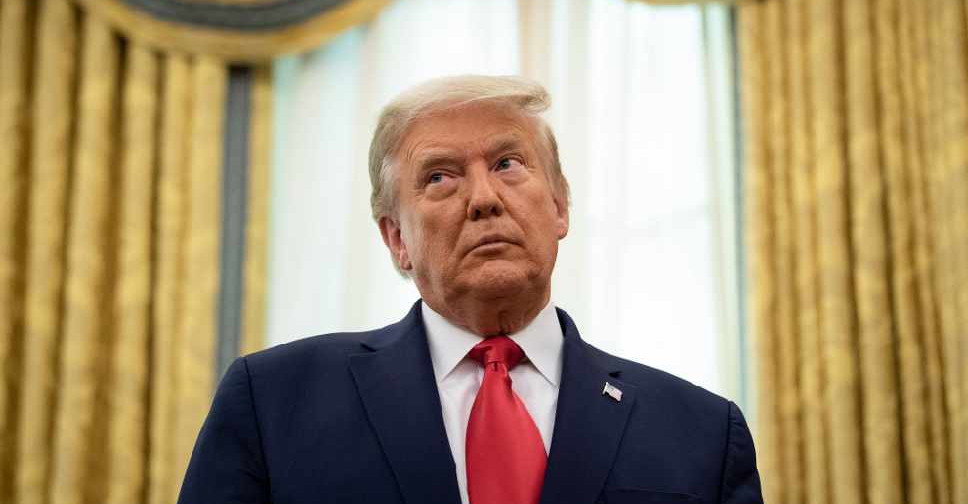 UK economy beats forecasts in Feb but US tariffs threaten growth
UK economy beats forecasts in Feb but US tariffs threaten growth
 UAE and Ireland to establish Joint Economic Commission
UAE and Ireland to establish Joint Economic Commission
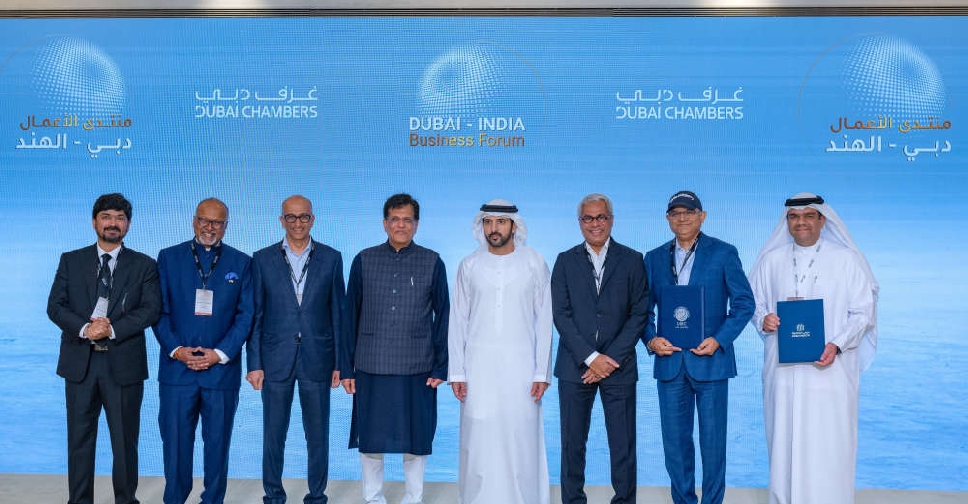 Dubai to host new IIM campus and UAE-India Friendship Hospital
Dubai to host new IIM campus and UAE-India Friendship Hospital
 H.H. Sheikh Hamdan unveils DP World's Free Trade Warehousing Zone
H.H. Sheikh Hamdan unveils DP World's Free Trade Warehousing Zone

